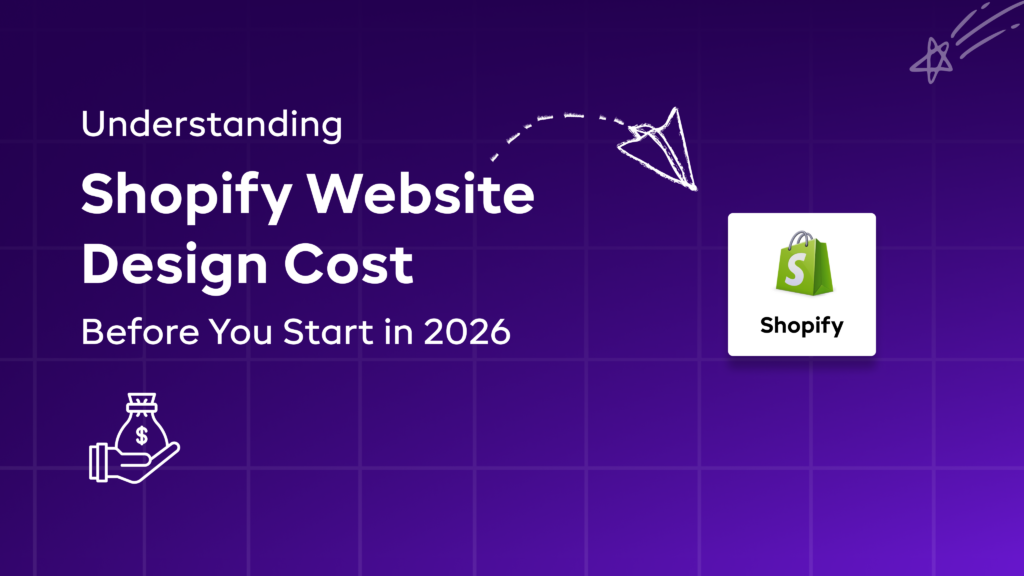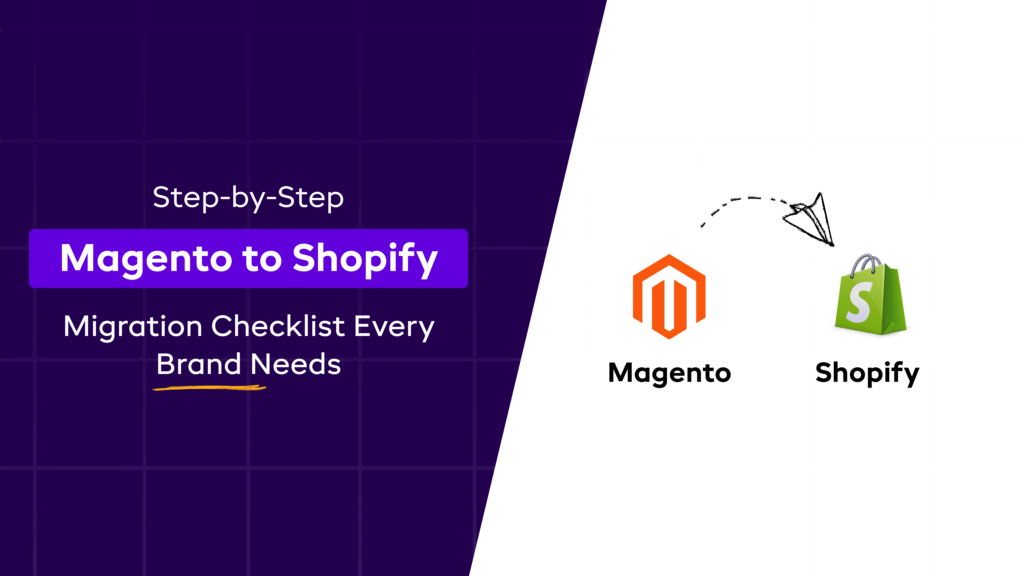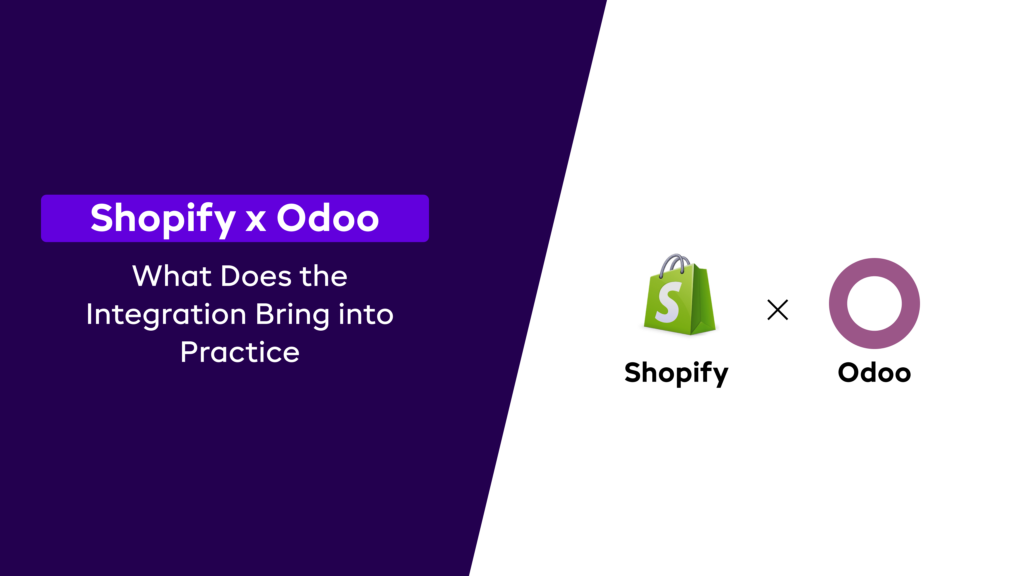The Ultimate Shopify API Guide – Everything You Need to Know
Published on July 18th 2025

Introduction
Running a successful e-commerce store requires dynamic action and interaction among the various moving parts of your business.
For instance, you must use a Shopify API to ensure the platform communicates with other tools in your workflow. An API, or ‘Application Programming Interface,’ allows developers to create plugins, applications, integrations, and more.
What’s more? Having the right Odoo integration solutionsenables a seamless way to work with various data sets, including items, inventory, orders, clients, and more.
Therefore, this blog provides a closer examination of the various aspects related to the Shopify API. Let’s get started.
Key Benefits of Shopify API - Why It Matters?
Using the Shopify API provides various advantages for your business:
- Custom Integrations: The Shopify API allows you to connect your shop to third-party apps, payment gateways, and other services, streamlining operations and improving the consumer experience.
- Automated Processes: Using the Shopify API, you can automate inventory management, customer service, and order fulfillment, saving time and reducing manual mistakes.
- Data Accessibility: The API provides access to a wide range of information from your Shopify store, including items, orders, customers, and more. This information may be used to create customized experiences, report on, and analyze your consumer data.
Want to start a project with us?
Empowering businesses to achieve greatness through strategic guidance and innovative solutions.
Book A Demo
API Versions of Shopify
Shopify's API is continuously updated, including new features and enhancements. Developers should pay attention to the API version they're utilizing. The API documentation always mentions the current version. When designing new apps, it is advised to use the most recent stable version of the API.
Shopify Odoo integration regularly updates its API to introduce new features, improve performance, and resolve bugs. These upgrades are offered as distinct API versions.
By keeping track of API versions and upgrades, developers can leverage the Shopify platform's latest features and advancements while ensuring their integrations remain stable and adaptable to future changes.
Release Schedule
Shopify releases a new API version every three months, at the start of each quarter. To be intelligible and semantically unambiguous, version names are based on dates (2023-01).
Types of Shopify APIs
- Admin API
- Shopify Ajax API
- REST Admin API
- Storefront API
Different Types of Shopify API—Explained
Admin API
You can create integrations and apps that enhance and expand the Shopify admin using the Admin API.
Authentication
A valid Shopify access token is required for all Admin API and GraphQL queries.
Custom apps made in the Shopify admin are authorized in the Shopify admin; custom and public apps that generate tokens using OAuth.
GraphQL Admin API
A draft order refers to a temporary order that has not yet been finalized. It enables businesses to place orders on behalf of consumers without requiring the customer to go through the standard checkout procedure.Pros and Cons of draftorder: Create Shopify API
Pros :
- Flexible Order Creation: When working with draft orders, you may create orders programmatically. You may add custom line items, discounts, notes, custom characteristics, and delivery choices based on the client's specifications.
- Custom Pricing: You can offer discounts or adjust the tax and delivery expenses for each item before the buyer makes a purchase. This is beneficial since it allows you to offer personalized specials or rates to each customer.
- Integrating with other systems:making your order-generating process compatible with other applications, such as CRM. Using the draftOrderCreate endpoint, you can create a system that automatically generates orders when a specified event occurs, such as a consumer performing a specific action on your website.
Cons:
- Additional Development Effort: Integrating with draft orders requires additional development effort to create, modify, and convert them into actual orders.
- Payment Processing: In addition to the standard checkout process, Shopify allows for an external invoice URL to be provided.
REST Admin API
The REST Admin API is a powerful interface provided by platforms such as Shopify and WooCommerce, enabling developers to access and manage backend store data programmatically.
This API adheres to REST (Representational State Transfer) architecture principles and supports standard HTTP methods, including GET, POST, PUT, and DELETE, to facilitate seamless communication between your eCommerce platform and third-party systems, such as Odoo, ERPs, CRMs, or custom applications.
What Can You Do with It?
The REST Admin API acts as a gateway to your store’s operational data. Here’s what it enables you to do:
- Manage Products: Create, update, or delete product listings and sync them with external systems.
- Track Orders: Retrieve and modify order information, including customer details, shipping status, and payment data.
- Handle Inventory: Adjust stock levels, monitor inventory across locations, and automate replenishment.
- Access Customer Records: Pull customer profiles, purchase history, and communication preferences.
- Manage Discounts and Pricing Rules: Set up automated promotions and pricing structures to streamline your business operations and optimize efficiency.
- Monitor Analytics: Access performance metrics, including sales, traffic, and conversions.
Why It Matters for Integration?
When integrating systems like WooCommerce and Odoo, the REST Admin API is the backbone of real-time data flow.
The API ensures:
- Accurate synchronization of orders, products, and stock
- Automation of repetitive tasks like order imports or invoice creation
- Scalability as your store grows or spans multiple channels
- Customization, allowing you to build workflows tailored to your unique business needs
Storefront API
GraphQL Storefront API
This allows you a lot of freedom in retrieving the particular information you want for your shop, such as cart data, customer information, and metaobjects.Authentication
The Storefront API requires no login information, such as usernames or passwords. It is accessible to everyone, but users can only read data and not make changes.The Storefront API supports the following forms of access:
Public access is used to query the API via a browser or mobile app.
Endpoints and Queries
The Storefront API is only accessible in GraphQL. There is no REST API for stores.The Storefront API has a single endpoint for all queries and only allows POST requests. This implies that to access information from the API, you submit a POST request to a specified URL.
POST: https://{store_name}.myshopify.com/api/2024-04/graphql.json
You submit your GraphQL query in the body of a POST request, and the API returns the data you requested.
Shopify Ajax API
The Shopify Ajax API enables developers to use JavaScript to perform actions on a Shopify website without requiring the entire page to refresh. It does not require access tokens or a client ID to gain access. All API answers provide JSON-formatted data.
For example, you may add goods to your shopping basket, adjust the number of items in your cart, or view product details without having to reload the entire page.
The Ajax API provides a collection of basic REST API endpoints designed exclusively for designing Shopify themes. However, it is only accessible for Shopify-hosted themes.
The Ajax API cannot be used with a bespoke Shopify shop. It's particularly built for themes hosted on the Shopify platform.
- Add things to your cart and change the item counter.
- Show similar product recommendations.
The Ajax API supports two types of HTTP requests, namely:
- GET requests to read cart data.
- POST requests to update the cart in the current session.
To get the cart's current data, submit a request to the store's /cart.js endpoint.
Pros
- Better Loading Speed: Shopify's Ajax Cart Add API fetches the required information, allowing for the addition of products without waiting for a page reload.
- Improved User Experience: Enables the quick addition of products to the cart without requiring the page to reload, thereby enhancing the overall user experience.
Cons :
- JavaScript Dependency: The Shopify Ajax Cart Add API requires JavaScript to function properly. If someone’s browser doesn’t support JavaScript or they’ve turned it off, the feature won’t work for them.
Security Concerns of Using Shopify API
This could allow hackers to infiltrate your website and steal sensitive information or deceive users into clicking on malicious links. Therefore, it's crucial to have robust security measures in place to protect your website and your clients' sensitive information.Consulting with a Shopify development companyor consultants can help alleviate these concerns and guarantee a secure deployment.

About Author


